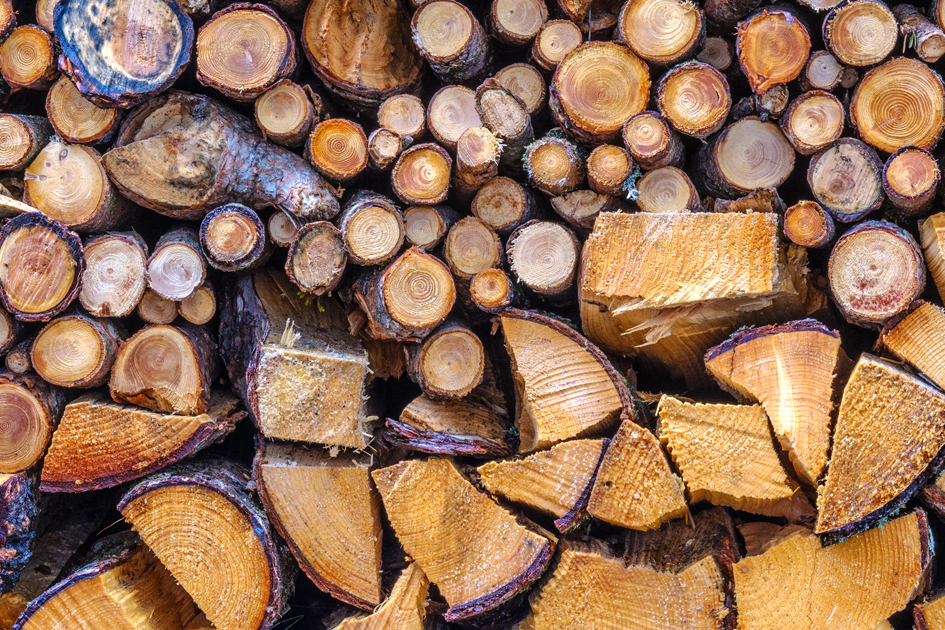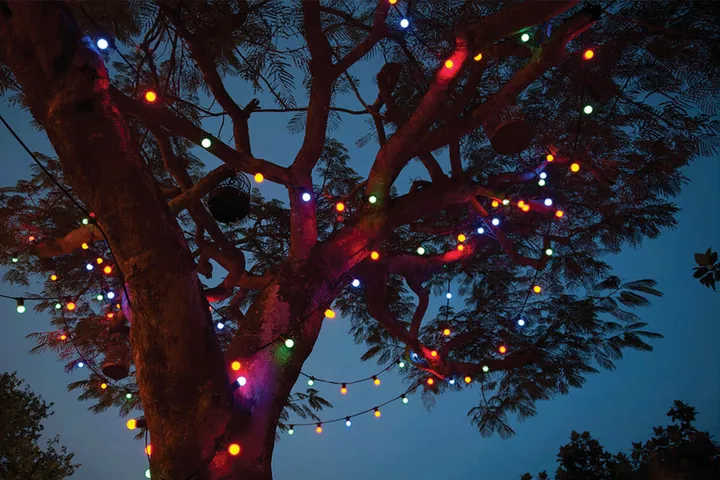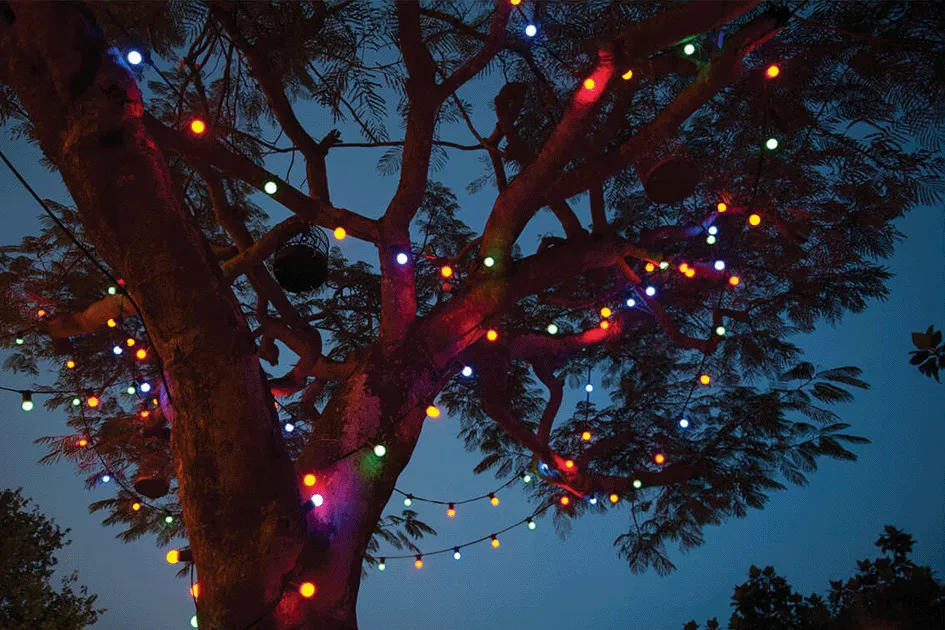
This photograph reminds me of the old optical illusion that can be seen two different ways—some recognize it as a duck while others instead see a rabbit. Dr. Stanley shot the picture in the vicinity of Italy’s Dolomite Mountains, a winter tourist destination, and I suspect most people interpret the image as what it probably is: neatly stacked firewood ready to be burned. Initially, however, that didn’t even occur to me.
You see, the photo looks a lot like the top shelf in my husband’s woodworking shop. That’s where his supply of blanks is stored, with those of uniform length stacked in rows and less regular bough segments in a semi-tidy heap. To the untrained eye, it probably looks like a nondescript pile of scraps. But each piece of wood was chosen for a special purpose: Elliot envisioned the pens, bowls, and saltshakers that he would release from those blocks with the help of lathe and tools.
It’s a good thing wood doesn’t have feelings (or vocal cords), because every part of the process, from chiseling and sawing to turning and sanding, would be cause for complaint. But beautiful items have emerged from that shop, Elliot’s skilled hand more than making up for any distress the wood might have endured. And well worth the extra chore of sweeping endless shavings and debris from the floor.
Beautiful items have emerged from that shop, Elliot’s skilled hand more than making up for any distress the wood might have endured.
There are many things that, under different circumstances, might come to mind when I see my husband’s wood piled in the workshop—like my own “workmanship” (Eph. 2:10) and how we’re each crafted for certain purposes and tasks. For example, a “pen” is necessary if Christians are to become a “letter of Christ” that’s “known and read by all people” (2 Cor. 3:2-3). We can also be “bowls” or other vessels used in various ways (2 Tim. 2:20 ESV). And as “salt of the earth,” God’s children should be adding flavor to others’ lives and making nonbelievers thirsty for the gospel (Matt. 5:13; Col. 4:6). Knowing this should encourage each of us to discover and align with God’s individualized plan for our life.
Certainly, that is an applicable truth. But for me, Dr. Stanley’s photo resonated at a more melancholy level, and it struck a somber, cautionary note. That’s because six years ago the woodshop—a busy, noisy, happy place—became suddenly silent. With my husband’s death, that room likewise went lifeless. No more projects. No further need for bandsaws or lathes, gouges or scrapers. Everything frozen in place where he’d left it, all of it a wordless metaphor about unfulfilled purpose.
Occasionally I’ve considered freeing up storage space by gradually using the wood in nice, cozy fires, but I don’t have the heart to do that. So there it all sits on the top shelf. And whenever I see those blanks, they preach to me about realizing our potential while there’s still time. Wood can be “thrown into the fire and burned” (John 15:6 NIV). But think how God must delight if we instead submit to His shaping process, becoming lovely and useful as pens, bowls, and saltshakers—true building blocks of His kingdom.





